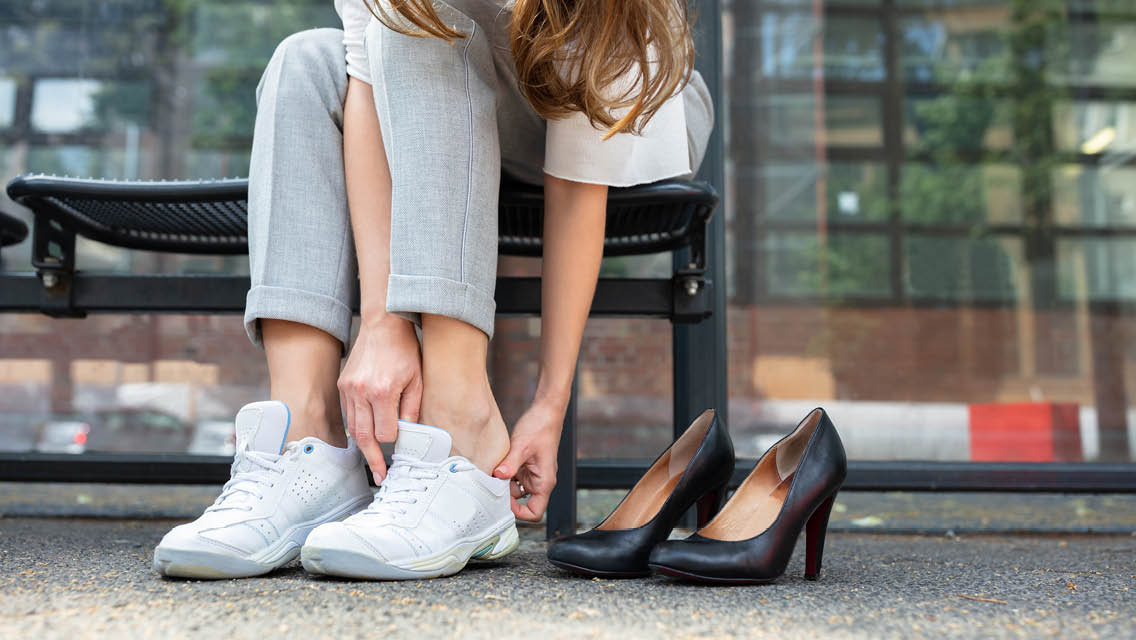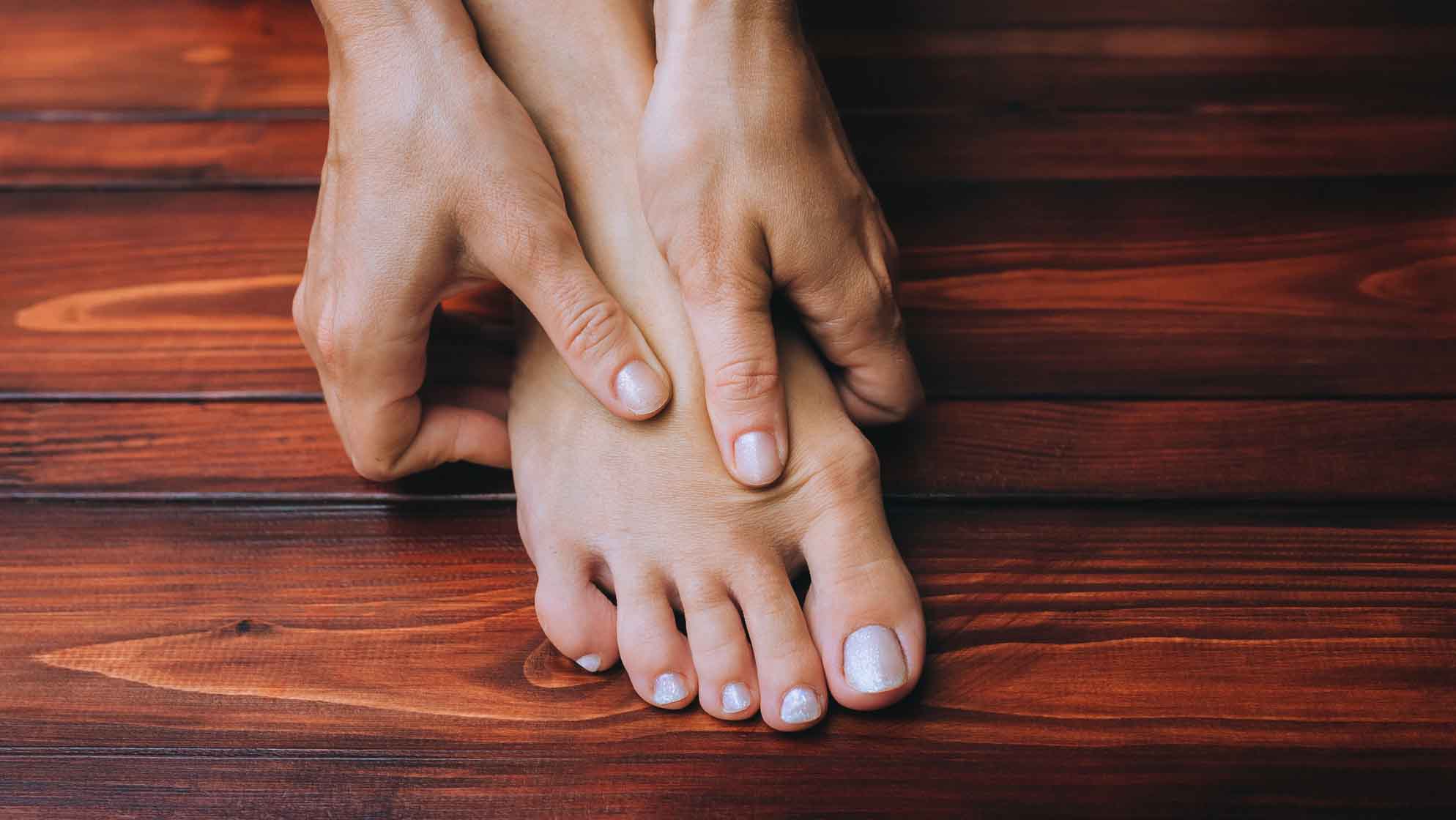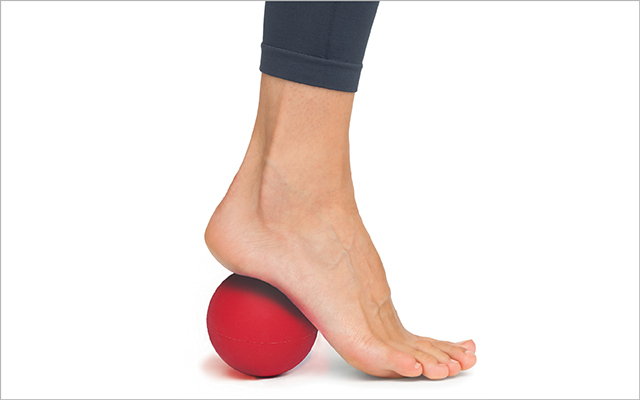Possible causes: Inactivity, inflammation from arthritis, constrictive shoes
The main contributor to stiff feet also leads to inflexible shoulders and hips — lack of regular and thorough movement. “Even though the foot is small, it has a large number of hinges, and each of those hinges needs to be moved,” says biomechanist Katy Bowman, MS, author of Simple Steps to Foot Pain Relief.
Sitting for hours is surprisingly hard on the feet. “Inactivity, which tightens the hips and pelvis, can then tighten the feet, because your feet and hips are very much connected,” says Emily Splichal, DPM, a functional podiatrist at the Center for Functional and Regenerative Podiatric Medicine in Chandler, Ariz.
Systemic inflammation, often a feature of arthritis, also contributes to stiff feet. “Inflammation can be thought of as stickiness — it causes a lot of soft-tissue adhesions,” says Splichal. Regular movement reduces stickiness and keeps the joints of the lower body strong and flexible.
Footwear is another important player. “Most of the time, our feet are wrapped in something very stiff that immobilizes their parts,” Bowman notes. Imagine wearing tight, rigid mittens on your hands every day: Your wrists and forearms would compensate as you learned to use each hand as a single digit, losing the muscular control and flexibility to separate them into their constituent parts. This is essentially what modern footwear has done to our feet.
“Compared with our feet’s natural, unshod state, our shoes are stiff, usually prop our heels above our toes, and leave no room for our toes to move,” Bowman says. This leads to weak, underdeveloped foot muscles and puts stress on the lower leg, as well as on the joints, fascia, and ligaments in the feet.
“Our feet, in shoes and on flat concrete, are sort of like our digestion on a crappy diet — they’re starved of the nutritious movement inputs they need for health,” she notes.
Foot arches that are either flat and weak or high and tight are also a sign of inflexibility. Bowman describes the arch as an action by the muscles in the feet and hips. A flat foot indicates a lack of the strength needed to create an arch, while high, inflexible arches can point to excessive tension.
Either can stop the midfoot from stretching out and springing back up again to cushion our steps. And both can be helped with exercises to build strength and flexibility in the feet. (For feet-strengthening exercises, see “Strength Training for Your Feet.”)
As the literal foundation of our bodies, our feet are crucial to keeping us active and healthy. See “What Your Feet Are Trying to Tell You,” from which this article was excerpted, for more common foot issues and steps to relieving them.





This Post Has 0 Comments